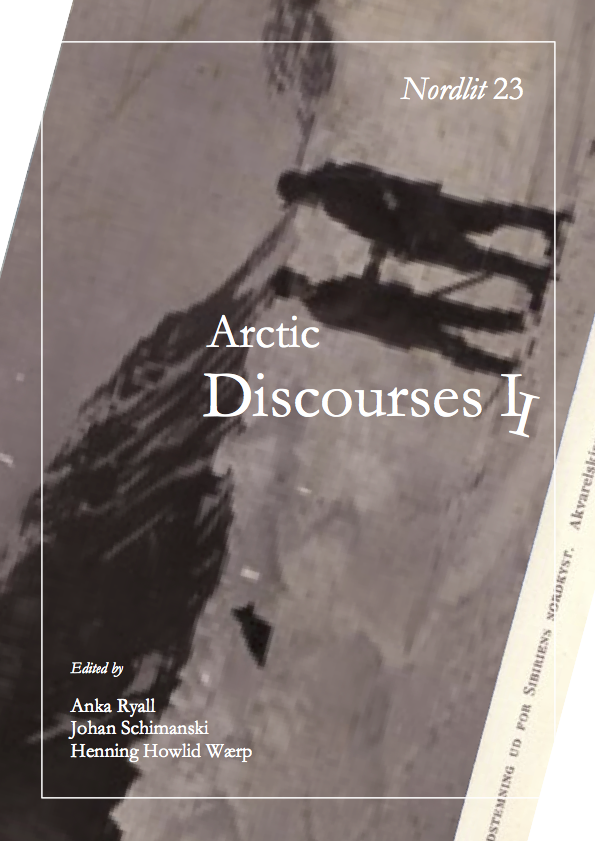Fridtjof Nansen’s Farthest North: Scientific Report or Personal Account?
DOI:
https://doi.org/10.7557/13.1233Keywords:
Reiseskildring, Fridtjof Nansen, Farthest North,Abstract
Being an exploration account from the 19th century, Farthest North is on the one hand an objective account based on facts and details. To prove the route, the final destination and the scientific results - and emphasise that all these experiences were true - the book gives a detailed account of all preparations and equipment, the designs for the ship, temperature, the ice-drifting, the soundings, the gathering of different sea animals, etc. The discourse is represented by tables of scientific results and measures, new mappings and corrections of old maps. Photographs and illustrations, some of them even by Nansen himself, contribute to reinforce the truthfulness of the account. On the other hand, the travelogue gives evidence of a dramatic and outstanding expedition, and is a story about courage, strength and an almost unbelievable deed, which ended in the farthest north record of the time. In particular, the fifteen months' sleigh journey undertaken by Fridtjof Nansen and Hjalmar Johansen is adventurous. This part of the narrative resembles the pattern we find in other kinds of popular literature.Downloads
Published
2008-02-01
How to Cite
Karlsen, Silje Solheim. 2008. “Fridtjof Nansen’s <i>Farthest North</i>: Scientific Report or Personal Account?”. Nordlit, no. 23 (February):195-204. https://doi.org/10.7557/13.1233.
Issue
Section
Articles









